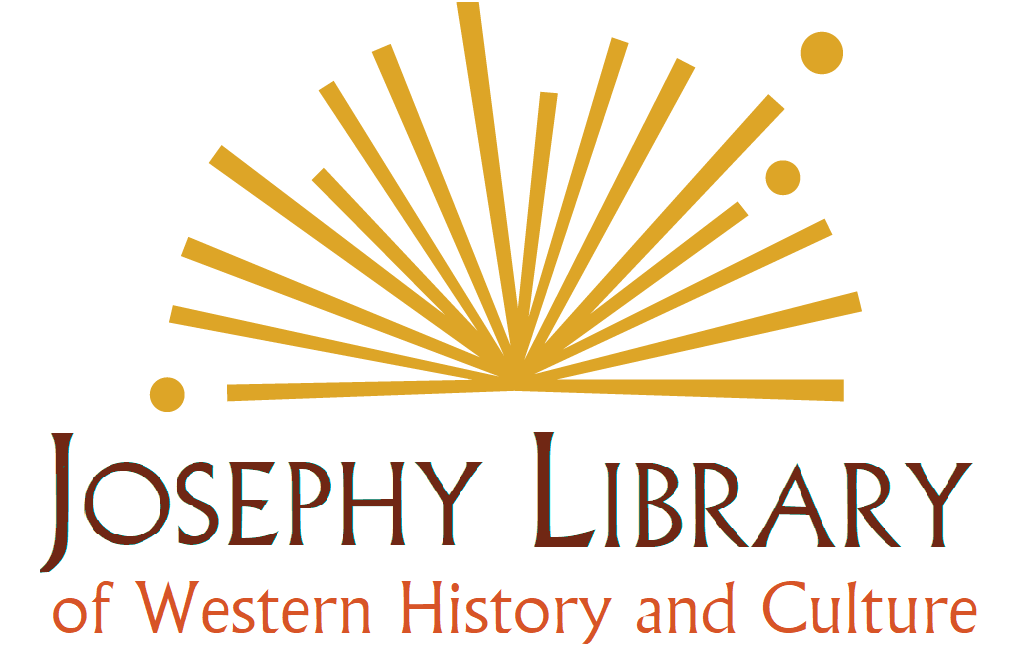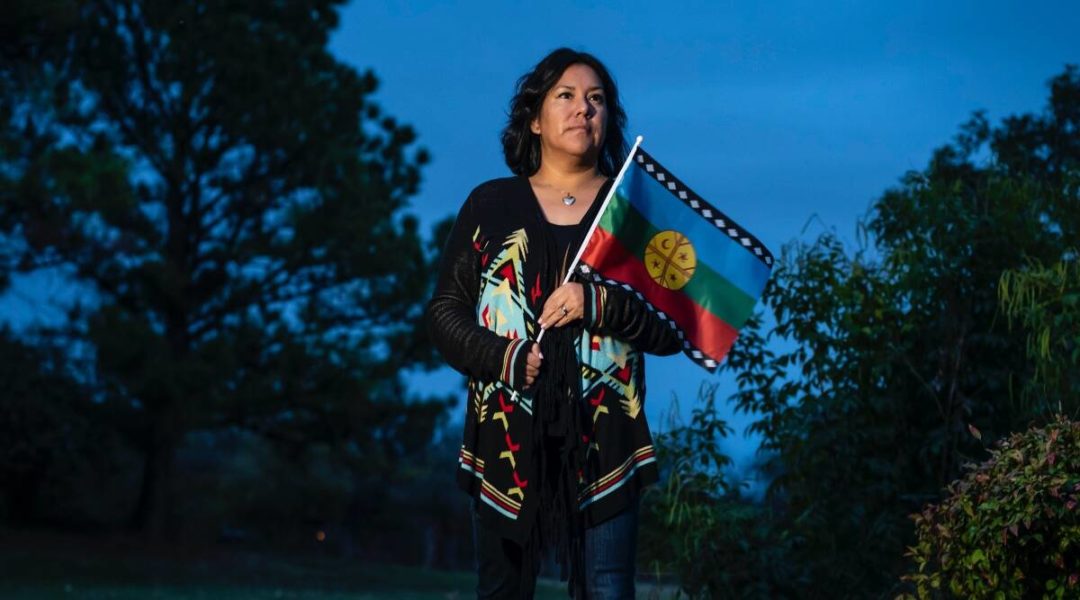Over 400 men and women in their 30s, 40s, and 50s who were adopted by American parents from Chile during the reign of Augusto Pinochet (1973-1990) are finding each other. They are learning that their biological mothers were told that they had died in childbirth, and that their numbers might be in the thousands. It was apparently an effort by Pinochet to reduce the numbers of poor children and bring in US currency, an effort aided and abetted by Chilean bureaucrats and medical personnel.
Adoption is personal for me. We adopted two boys over 40 years ago, one a white 13-month-old born on the East Coast, and brought to Oregon by the 16-year-old birth-mother who could not take care of him. The other a boy from Calcutta, India, thought to be about six years old. He had been rounded up with other street children, put in a prison, and rescued by an American woman whose primary mission was taking in babies from women too poor to care for them. The infants were then adopted by Americans. When she heard about 50-some kids housed in a Calcutta prison, she took them in, and started finding American families for them. She found us.
***
In the moment, there is a child needing care and parents wanting a child. It seems simple, but politics, religion, and American exceptionalism often have been and are still huge parts of the adoption picture. The story of Chile, Pinochet, and the mothers and children deceived for profit startled me. But I have been working up to this understanding over decades, primarily as I have struggled to learn the true history of our country and its colonial past.
From the very beginning, relationships between European immigrants, next generation Euro-Americans and indigenous Americans were complicated. Indians had land; Europeans wanted it. Europeans had notions of private property and providential destiny. Some Europeans saw “noble savages” in Native Americans; others saw people to subdue… or to convert… or to assimilate. As for Native children, the Encyclopedia Britannica sums it up nicely:
“From the beginning of the colonial period, Native American children were particularly vulnerable to removal by colonizers. Captured children might be sold into slavery, forced to become religious novitiates, made to perform labour, or adopted as family members by Euro-Americans.”
As Euro-Americans marched across the continent and government policies were crafted to enable them, their expectations of a nuclear family “stood in contrast to the values of reservation life, where extended-family households and communitarian approaches to wealth were the norm.” Wars and reservations aimed to reduce and confine Indian populations on reservations. Missionaries crossed the country to convert them. Allotment, boarding schools, and Termination and Relocation programs aimed to make them assimilate, make them white.
Boarding schools, now in the headlines in Canada as well as the U.S. were the primary tools of assimilation. Young children were taken from families, stripped of hair, language and culture, taught English and “industrial skills,” mentored on farms and businesses close to the schools, and mostly returned to reservations. Many had met and married Indians from other tribes, which has made for confusion about tribal “enrollment” to this day.
Closer to our own times, foster care and adoption were explicit tools of assimilation. They paralleled Termination and Relocation, Eisenhower era programs to end reservation status and mainstream Indians. In the late 1950s, the U.S. Bureau of Indian Affairs joined with the Child Welfare League of America in launching the “Indian Adoption Project” (IAP), the country’s first large-scale transracial adoption program:
“The IAP eventually moved between 25 and 35 percent of the native children in the United States into interstate adoptions and interstate foster care placements. Essentially all of these children were placed with Euro-American families.”
Overlapping this government program, and using it, the Mormon Church ran an “Indian Student Placement Program.” The LDS Church theology included the belief that American Indians were a branch of a lost tribe of Israel called the Laminites, and the Mormon faith was meant to bring salvation to American Indians. From 1947 to 2000, It took 50,000 native children from reservations and placed them in Mormon homes. They were supported by the United States government through the Indian Adoption Project.
Things were not slowed until the Indian Child Welfare Act of 1978 established barriers to outside adoptions and encouraged tribal adoptions. Not surprisingly, the Indian Freedom of Religion Act was passed in that same year. The miracle with American Indians is that old people, tribal elders, hung on through war, assimilation, termination, and passed those laws. They are now are working hard to restore traditional Indian religion, natural resource practices… and families.
***
How young and naïve we were—our Peace Corps years gave us a kind of confidence about children and culture. My wife and I are divorced but still friends and still close to our children. One married a woman whose mother is Filipino; the boy from India married a woman from Africa. We laugh that we are contributing to the diversification of America.
But what about the descendants of the thousands of American Indian children plucked from families and sold or given to whites to raise and convert? The boys and girls from Chile? About Holt and PLAN and a myriad of still active foreign adoption agencies—many of them with close church ties—that began with the confusion, tumult, and “war orphans” of another day and are still operating today.
And what about the children? This very day there are thousands, no millions of war orphans and refugees from drought and poverty, and now Covid orphans?
This is not an easy problem. One way and another, there are children to feed and shelter. We must contribute to full bellies and roofs over heads. Maybe we can then learn from history, and make our next efforts—at caregiving, foster care, and adoption—better than those we have all inherited from the past
# # #

